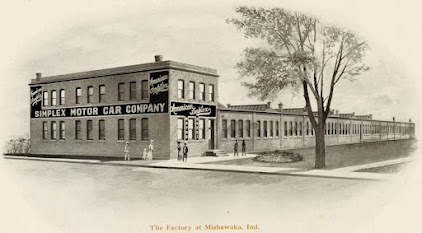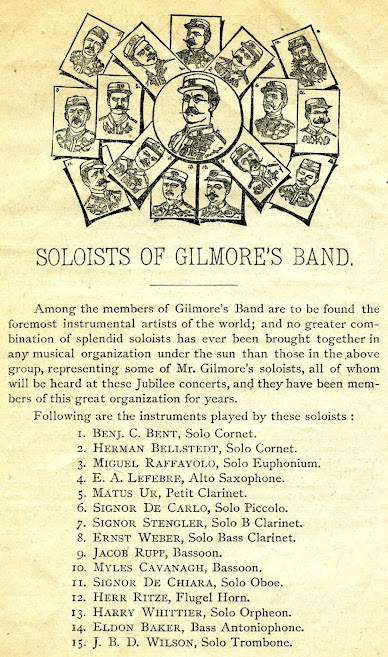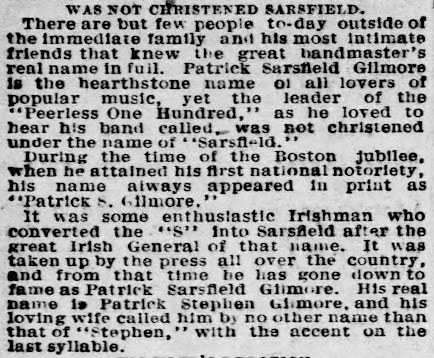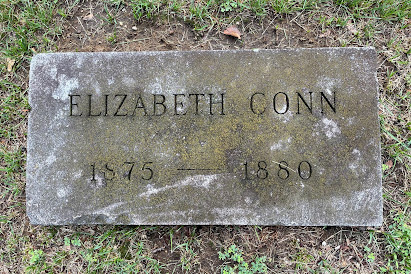Monday, December 6, 2021
A Very Merry TubaChristmas 2021!
Saturday, November 20, 2021
Wanna hear one of the largest tubas?
Thanks to Daniel Ridder for posting this brief encounter with one of the world's largest tubas! The basic specs on this subcontrabass are in my gallery in this post (number 3 in the ranking). Enjoy!
Saturday, October 16, 2021
Conn, the ardent autoist, motors west
Almost 20 years before Route 66 was completed, which "winds from Chicago to L. A.," and almost 40 years before that highway was memorialized in the hit song that began, "If you ever plan to motor west," C. G. Conn did indeed "motor west." However, he used the rough roads that would eventually become Interstate 80, winding from his hometown of Elkhart, Indiana to the Pacific Coast.
It was 1908, and Conn, the "ardent autoist" (referred to by one reporter as a "hard driver," supposedly using up "two to three cars a season") and wealthy manufacturer of band instruments, planned an almost 4,000 mile road trip in his brand-new American Simplex Touring Car.
Here's that car from the following year's catalog:
Perhaps the most conclusive test that has ever been made of American Simplex construction was embodied in an intensely interesting tour made early in the summer of 1908 by Colonel C. G. Conn of Elkhart, Ind., formerly Congressman from Indiana. Mr. Conn drove the car from the factory to Los Angeles, Cal., making side trips of great distances from the large cities through which he passed, so that the car traversed about 10,000 miles [apparently an overstatement]. These details have an important bearing on what follows as showing the absolute trustworthiness of the American Simplex.
Friday, October 8, 2021
Eldon Baker - An Early Bass Soloist
Wednesday, August 25, 2021
Wait, Patrick Stephen Gilmore? Yes!
I just ran across this when researching the sudden death of the legendary bandmaster typically known as Patrick Sarsfield Gilmore (1829-1892). I ran it by a Gilmore researcher I know, and he confirmed it. Now you know!
Friday, July 30, 2021
A visit to Conn's final resting place
When you approach the Conn family plot, within Elkhart's Grace Lawn Cemetery, this is what catches your eye - a nine foot vertical slab of stone marking the final resting place of the former giant of a man, Charles Gerard Conn (1844-1931).
Conn was a huge figure in Elkhart, Indiana, beginning in the mid 1870s, when he started his band instrument business, and ending with his death in 1931 (although he had left Elkhart for good by 1916, after selling the company). The back of the slab reminds us of his remarkable life:
And as for Conn's second wife, whose maiden name was also Conn (her birth name was Mary Suzanne Conn, but Margaret clarified that she and Charles were not related) - she died in Los Angeles in 1960, as reported in the July 28 edition of The Los Angeles Evening Citizen News:







































































